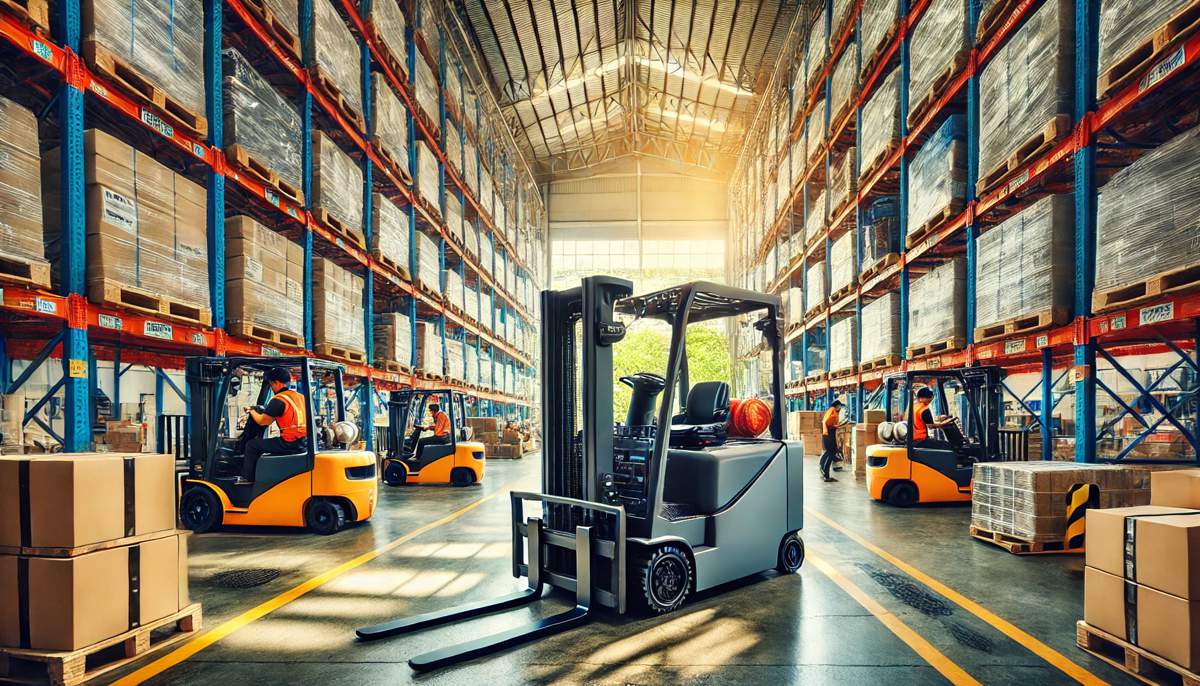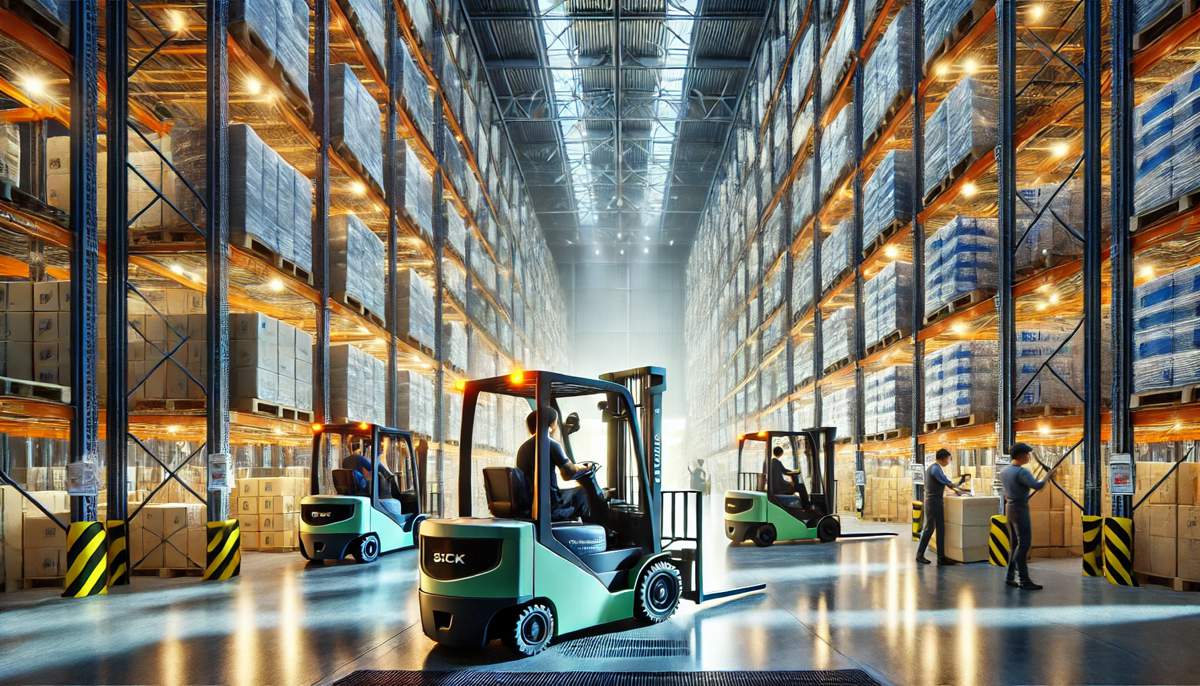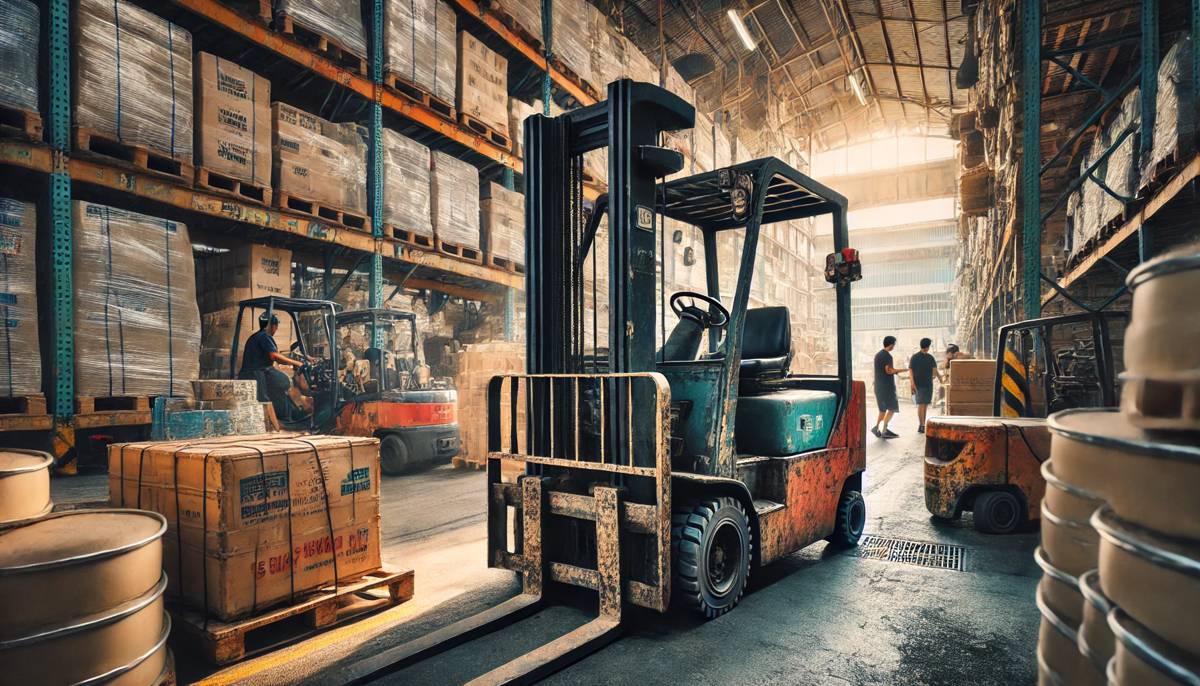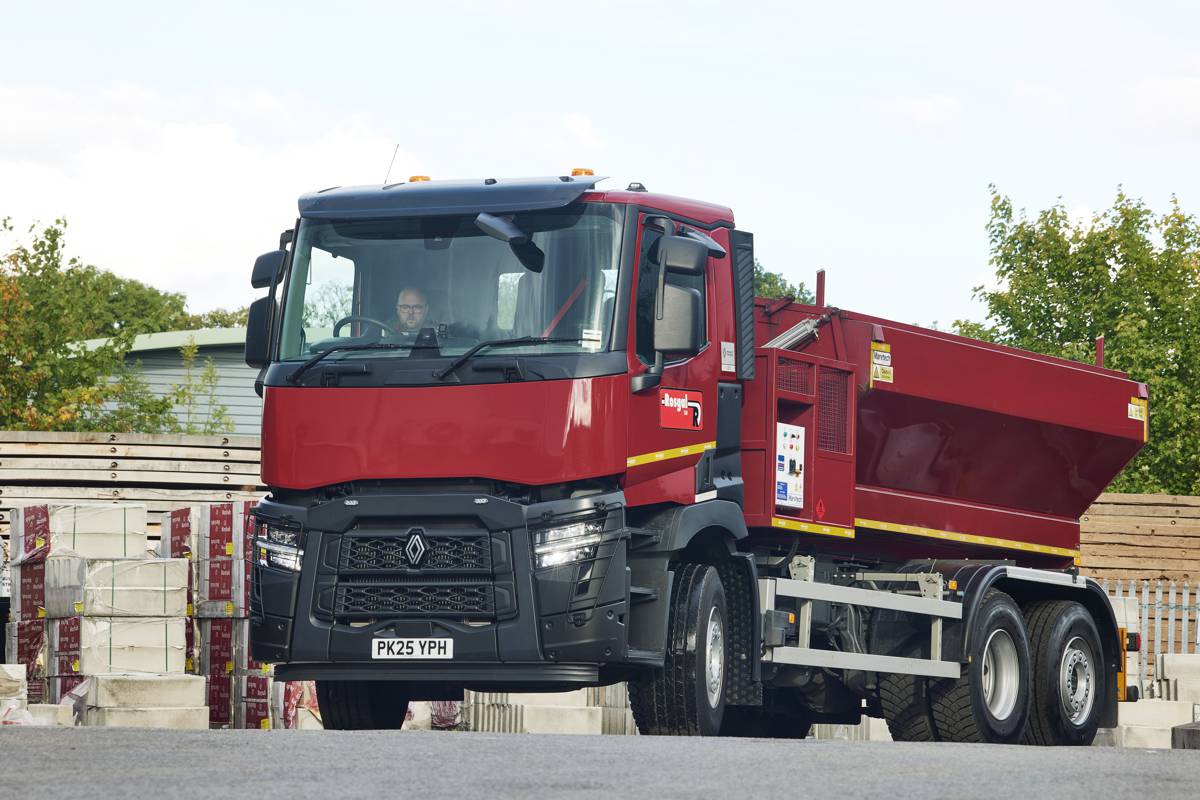6 Signs it’s Time to Upgrade Your Warehouse’s Forklift Fleet
Forklifts are essential equipment in warehouse operations, playing a critical role in ensuring the smooth and efficient movement of goods. They are designed to lift, transport, and stack heavy loads, which makes them indispensable for streamlining workflows and maximizing space utilization in storehouse facilities. From unloading shipments to preparing orders for dispatch, forklifts are integral to day-to-day operations in many warehouses.
A dependable forklift fleet is essential for maintaining productivity and preventing delays. Reliable equipment helps complete tasks on time, improves safety by reducing the risk of accidents, and keeps downtime to a minimum by preventing equipment failure. However, like other types of machines, forklifts can have a limited lifespan. When your existing equipment becomes outdated and frequently breaks down, it can lead to inefficiencies and even increased costs and safety concerns. This is why recognizing when to upgrade your forklift fleet is essential to sustaining and enhancing your warehouse operations.

Here are some key signs to watch out for that indicate it’s time to upgrade your forklift fleet:
1. Frequent Breakdowns and Repairs
Frequent forklift breakdowns can significantly disrupt operations in a warehouse. When a forklift is out of service, it creates delays in essential tasks such as loading, unloading, and moving inventory, which can lead to longer processing times for orders, potentially impacting end-user satisfaction. This disruption also often forces workers to adjust workflows or redistribute tasks, causing inefficiencies and increased workloads for other operators.
When breakdowns become a regular occurrence, it’s a clear sign that an upgrade may be necessary.
2. Increasing Maintenance Costs
Over time, the cost of maintaining a forklift tends to increase as components wear out or begin to require replacement. Older forklifts often need more intensive servicing, and sourcing parts for discontinued models can become both time-consuming and expensive. With rising maintenance costs, your budget is affected and it may indicate that your current fleet is no longer operating efficiently.
In such cases, investing in newer forklifts with more modern components is a practical solution. Newly acquired contemporary equipment reduces maintenance needs, allowing you to reallocate resources toward other business priorities while improving uptime and reliability.
3. Decreased Operator Satisfaction and Safety Concerns
Your forklift operators are often the first to notice issues with the equipment. Complaints about difficulty in handling, discomfort during use, or inefficiency in completing tasks should not be ignored. Older forklifts may also lack modern safety features, such as advanced braking systems, better visibility, and load stabilization technologies, all of which increase the risk of workplace accidents.
Conversely, newer forklifts come with more ergonomic designs and safety enhancements. These features are sure to be welcomed by your employees, boosting their morale and productivity in the process. When operators feel safe and comfortable operating a machine, they are more likely to perform their tasks effectively, contributing to smoother warehouse operations. So, take operator feedback seriously, as it may indicate the need to upgrade your current forklift fleet.
4. Age of Your Current Forklift Fleet
Forklifts typically have a lifespan of 10,000 operational hours, or around 7–10 years, depending on their manufacturer, usage, and maintenance history. Once your fleet reaches this age, you may start experiencing a noticeable decline in performance, reliability, and compliance with modern safety standards. This decline is a strong indicator that it’s time to upgrade your fleet.
Additionally, the technological advancements in newer models often make older forklifts obsolete, as they tend to lack features such as precise load handling, automated functions, and enhanced operator safety features that modern units tend to have. Upgrading to a modern fleet ensures you remain compliant with industry regulations while benefiting from improved efficiency and performance.
5. Reduced Fuel Efficiency or Energy Consumption
A noticeable increase in fuel or energy consumption is another clear sign that your forklift fleet is aging. Older internal combustion forklifts often consume more fuel due to declining engine efficiency, leading to higher operational costs. On the other hand, electric forklifts can also show reduced battery performance over time, resulting in shorter run times and more frequent recharging.
If you notice these signs, it’s best to upgrade to a more modern fleet, preferably composed of forklifts with energy-efficient technology, to significantly lower maintenance costs. In addition, choosing electric or hybrid models can align your business with sustainability goals that aim to reduce your environmental footprint for regulatory purposes and to meet contemporary consumer expectations.
6. Changes in Business Needs
As your business grows or diversifies, the demands placed on your forklift fleet may evolve. For instance, if your warehouse now handles heavier loads or operates on a larger scale, your current equipment might struggle to keep up. Additionally, changing business needs, such as a shift towards more sustainable practices or a growing focus on workplace safety, can further highlight the limitations of older forklifts.
For example, regulations around indoor air quality may become more stringent in many industries, and as such relying on gas- or diesel-powered forklifts that emit fumes may no longer be practical. In such cases, transitioning to electric or hybrid models not only helps ensure compliance but also creates a safer and more comfortable environment for your workers. Moreover, with modern consumers increasingly prioritizing sustainability, adopting eco-friendly equipment and practices could potentially help improve your company’s reputation, meeting the expectations of both customers and stakeholders who value environmentally responsible practices.

Adopting an upgraded fleet to respond to such changes ensures that your equipment aligns with both evolving industry standards and market demands.
Upgrading your forklift fleet is a strategic decision that can enhance efficiency, reduce costs, and ensure the safety of your warehouse operations. Newer forklifts can also create a safer, more sustainable working environment for your workers. Having said that, take the time to evaluate your current fleet and watch out for these strong indicators that it’s time to make a change and acquire new equipment.




















